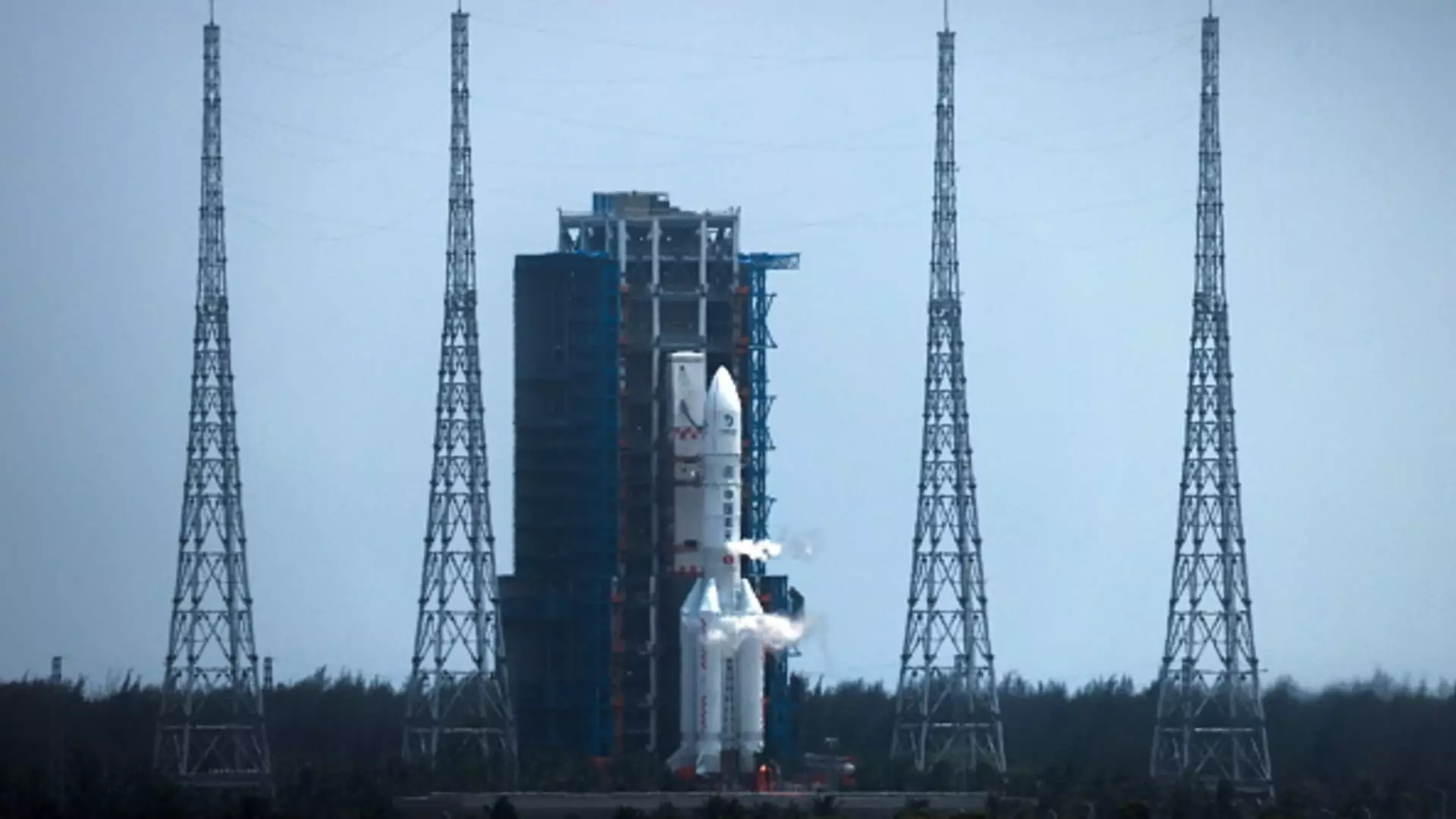The recent successful landing of a Chinese spacecraft on the far side of the moon has sparked excitement and curiosity about what discoveries lie ahead. This mission, part of the Chang’e moon exploration program, aims to collect soil and rock samples to shed light on the differences between the far side and the more familiar near side of the moon.
The competition in space exploration between countries like China, the U.S., Japan, and India is heating up. While the U.S. has been a prominent player in space missions, China has been making significant strides with its own space station and ambitious plans to put a person on the moon by 2030. This would mark a historic achievement, making China the second nation to achieve this feat after the United States.
Exploring the far side of the moon poses unique challenges compared to the near side. The lack of direct line of sight to Earth necessitates the use of a relay satellite for communication, adding a layer of complexity to the mission. Additionally, the rugged terrain of the far side with fewer flat landing areas presents obstacles for a safe and successful landing. These technical hurdles require innovative solutions to ensure the mission’s success.
Sample Collection Process
The current Chinese mission involves using a sophisticated system with a lander equipped with a mechanical arm and a drill to gather up to 2 kilograms of surface and underground material. This material will be transferred to an ascender on top of the lander, which will then carry the samples to an orbiting module around the moon. Finally, the samples will be transferred to a re-entry capsule for their journey back to Earth.
The successful collection and analysis of samples from the far side of the moon could provide crucial insights into the moon’s geology and history. By comparing these samples with those from the near side, scientists may uncover valuable information about the moon’s formation and evolution. This mission has the potential to deepen our understanding of the moon and its role in the solar system.
As countries like China expand their presence in space exploration, missions like the recent landing on the far side of the moon demonstrate the strides being made in unlocking the mysteries of the universe. The challenges faced in exploring the far side of the moon only serve to highlight the dedication and innovation required to push the boundaries of human knowledge and exploration.


Leave a Reply